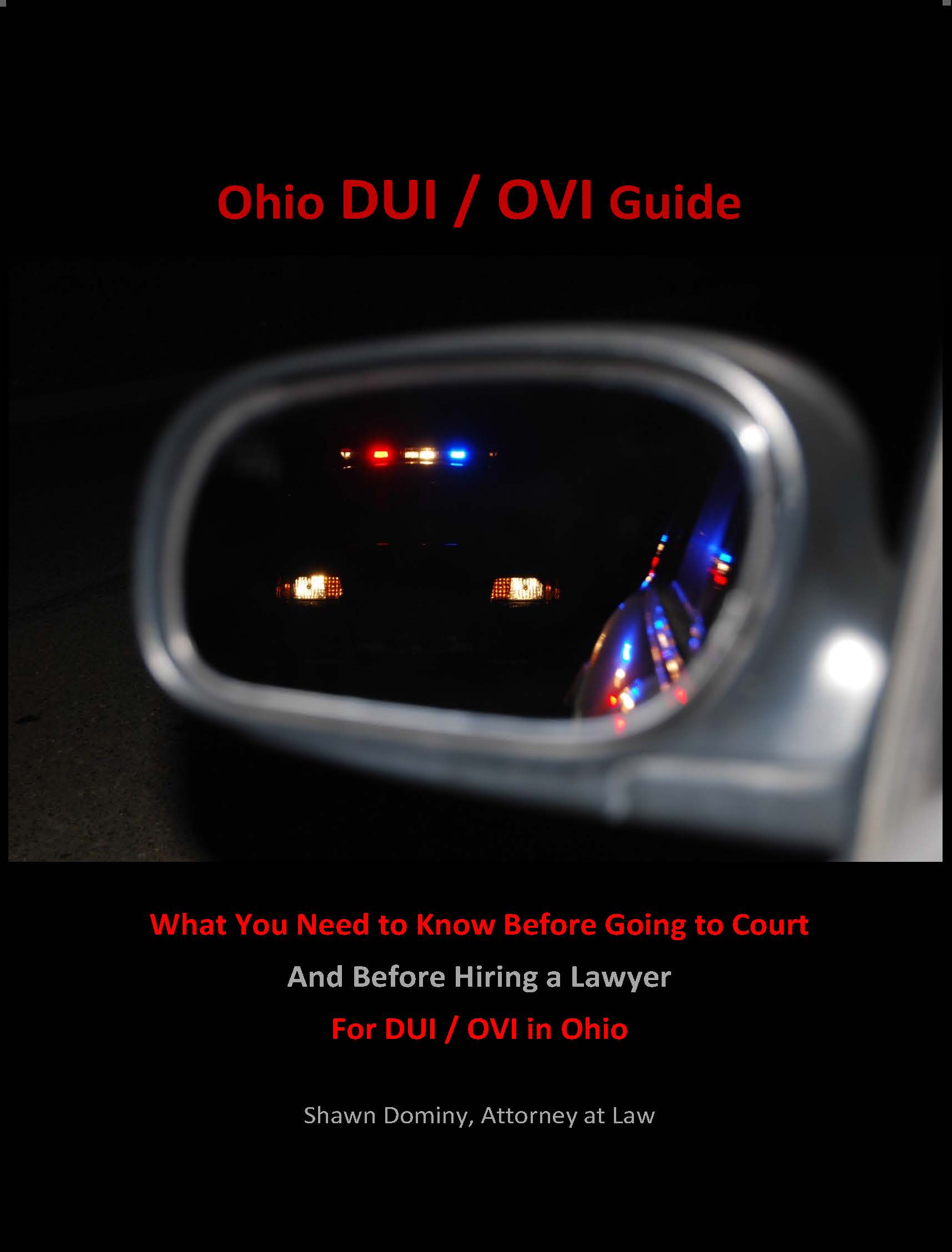FAQ - Drug Recognition Evaluations in Columbus & Central Ohio
A: A drug recognition evaluation is a series of tests administered when a law enforcement officer believes a driver may be under the influence of drugs. After the driver is arrested for DUI (called ‘OVI’ in Ohio), the driver is taken to a police station for the evaluation. There, an officer conducts a 12-step assessment to determine whether a driver is under the influence of a drug and ascertain what class of drug is impairing the driver.
Q: What Are the Steps of a Drug Recognition Evaluation?A: A drug recognition evaluation has the following 12 steps:
- Breath Alcohol Test
- Interview of the Arresting Officer
- Preliminary Examination and First Pulse
- Eye Examination: Horizontal Gaze Nystagmus, Vertical Nystagmus, and Lack Of Convergence
- Divided Attention Psychophysical Tests: Modified Romberg, Walk And Turn, One Leg Stand, Finger-To-Nose
- Vital Signs and Second Pulse
- Pupil Size: reaction to light and rebound dilation
- Muscle Tone
- Injection Sites and Third Pulse
- Subject's Statements and Other Observations
- Analysis and Opinions of the Evaluator
- Toxicological Examination: blood and/or urine sample
A: A drug recognition evaluation is administered by a law enforcement officer who has earned a Drug Recognition Expert (DRE) certificate (also referred to as a ‘Drug Recognition Evaluator Certificate’). To earn that certificate, an officer must complete 72 hours of training in the classroom and on-the-job training.
The training is divided into three stages: The first stage (‘Preschool’) involves field sobriety testing and learning the 12-step protocol. The second stage (‘Classroom’) teaches how to administer the 12 steps, how to write reports, and how to testify in court. The third stage (‘Field Certification’) involves observing and administering evaluations on the street. At the conclusion of the training, officers are supposedly qualified to ascertain whether a drug is impairing a person’s driving ability and identify what class of drug the driver used. Officers must keep records of their drug recognition evaluations and renew their certificate every two years.
Q: How Were Drug Recognition Evaluations Developed?A: The Los Angeles Police Department created a program for training officers to identify drivers impaired by drugs. That program was then adopted and revised by the International Association of Chiefs of Police (IACP) in partnership with the National Highway Traffic Safety Administration (NHTSA). Those organizations developed a training document titled, ‘Drug Evaluation and Classification Training Program: The Drug Recognition Expert School’.
Q: Are Drug Recognition Evaluations Reliable?A: There are problems with drug recognition evaluations which affect their reliability. The training program was developed by the government and was not peer reviewed for objective experts to evaluate the reliability of the protocol. Later assessments of the program have shown the protocol is not effective for accurately determining impairment by a particular class of drug. That may be because the officers administering the 12 steps are prone to confirmation bias and because some of the 12 steps are not correlated with drug impairment.
Attorneys For Drugged Driving in Columbus and Central OhioThe Dominy Law Firm has attorneys with experience in drugged driving cases which involve drug recognition evaluations. If you were charged with OVI and the investigation included a drug recognition evaluation, we can help. For more information about our firm, please see this site’s About Us and Attorneys pages. To schedule a free phone consultation regarding your drugged driving OVI case, please call 614-717-1177 or submit a CONTACT FORM.
 Shawn R. Dominy Home
Shawn R. Dominy Home






